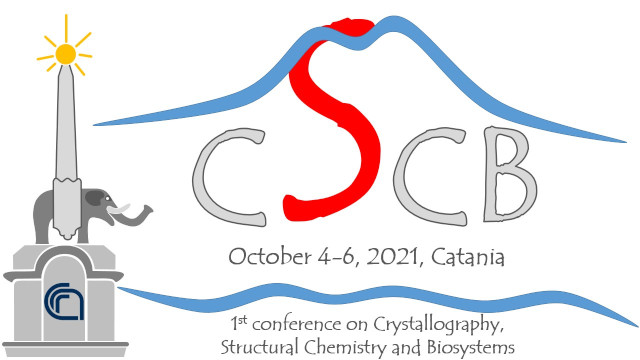Speaker
Description
Quorum sensing (QS) is a bacterial cell-to-cell communication mechanism based on the production and detection of chemical signals called autoinducers (AIs) to regulate gene expression in response to changes in population density. QS allows bacteria to behave as a cohesive group under differing environments by means of microbe–microbe and host–microbe interactions1. Interestingly, bacteria employs QS not only to coordinate collective behaviors such as bioluminescence production, but also to synchronize microbial activities essential for infection and survival in the host, such as biofilm formation, genetic exchange and virulence factor expression. This key role in bacterial pathogenicity suggests that quenching microbial QS (namely quorum quenching2) can be a promising disease control strategy, aiming at the attenuation of virulence, instead of imposing a ‘life-or-death’ selection pressure, in order to contain infectious diseases and to prevent antibiotic resistance in microbial communities.
In Gram-negative bacteria, AI molecules are mainly comprised of N-acyl homoserine lactones (AHLs) that differ in the length, in the saturation levels and the oxidation states of the acylic tail. Generally, AHL QS involves two regulatory proteins encoded in the same operon, a member of the LuxI family of AHL synthase and a member of the LuxR family of AHL-responsive transcriptional regulator. Recently several studies and the sequencing of an increasing number of bacterial genomes have evidenced the widespread distribution of luxR-type genes that are unpaired to a cognate luxI (therefore defined solos), which are considered major players in bacterial cell–cell communication, not only in intra-species but also in inter-species and inter-kingdom signaling.
All LuxR regulators are composed of two distinct domains: an N-terminal ligand binding domain (LBD) and a C-terminal DNA-binding domain. While most QS LuxR-type receptors display high specificity to the AHL ligand produced by their cognate LuxI-type synthetase, others are quite promiscuous in signal detection. The structural basis of the different degree of specificity of these pharmacological targets is still poorly understood.
Our study is focused on the structural characterization of a recently described LuxR solo, LoxR from Kosakonia KO348. We demonstrated that it is a very promiscuous LuxR whose ensemble of conformations is dependent on the type of the bound AHL. The solution of its crystal structure in complex with a long acylic chain AHL together with the structural information on promiscuous and specific members of LuxR family in the PDB allowed to elucidate the structural determinants mediating LuxR specificity towards AHLs with long acylic chains.

